How To Build A Solar Panel?
Building a solar panel can be a rewarding and educational project that not only helps you understand the intricacies of renewable energy but also provides a practical solution for generating electricity. Whether you are a DIY enthusiast, a student, or someone interested in sustainable living, constructing your own solar panel can be a fulfilling endeavor. This article will guide you through the process, from understanding the basic components to assembling and testing your solar panel.
Understanding the Basics
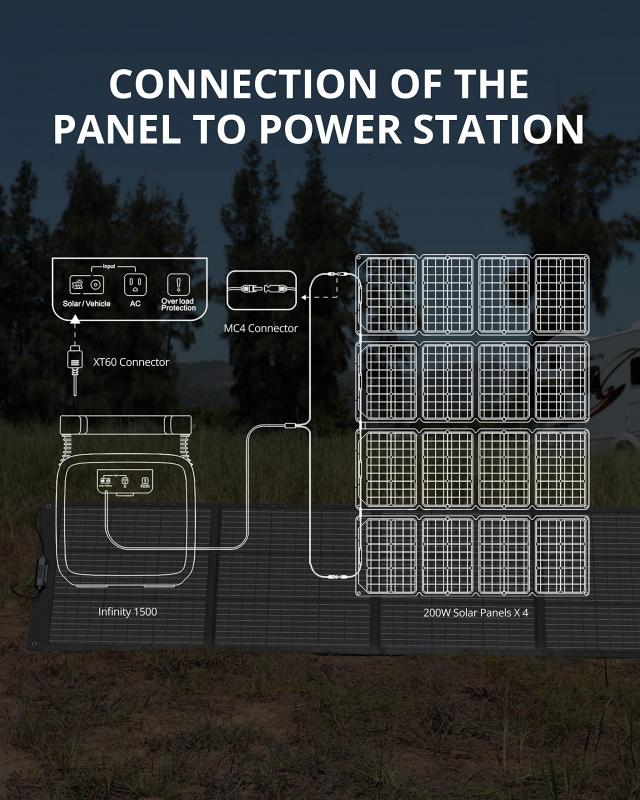
Before diving into the construction process, it is essential to understand the basic components and principles of a solar panel. A solar panel consists of several photovoltaic (PV) cells that convert sunlight into electricity. These cells are made from semiconductor materials, typically silicon, which generate an electric current when exposed to sunlight.
Key Components:
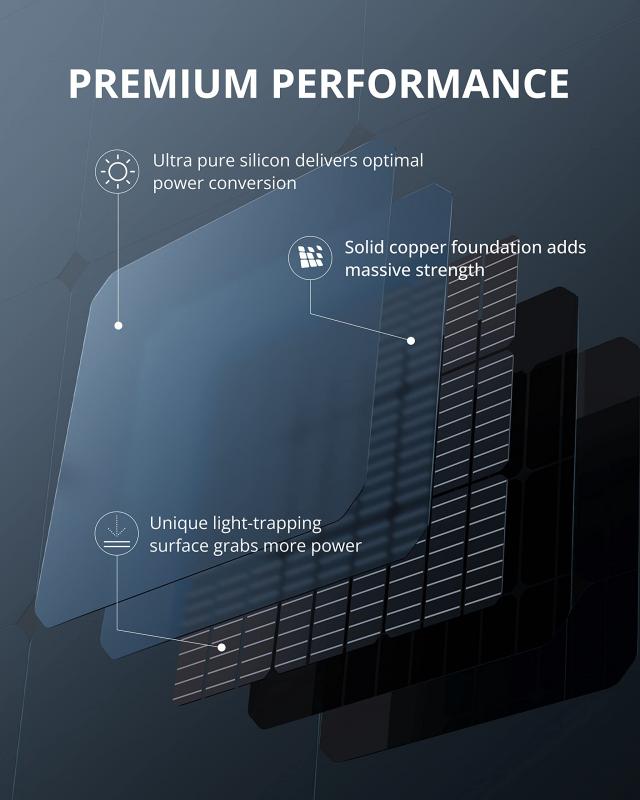
1. Photovoltaic Cells: The core component that converts sunlight into electricity.
2. Glass Sheet: Protects the PV cells and allows sunlight to pass through.
3. Encapsulation Material: Usually made of EVA (ethylene-vinyl acetate), it protects the cells from moisture and mechanical damage.
4. Backsheet: Provides additional protection and insulation.
5. Frame: Typically made of aluminum, it holds the entire assembly together.
6. Junction Box: Houses the electrical connections and provides a point for external wiring.
Step-by-Step Guide to Building a Solar Panel
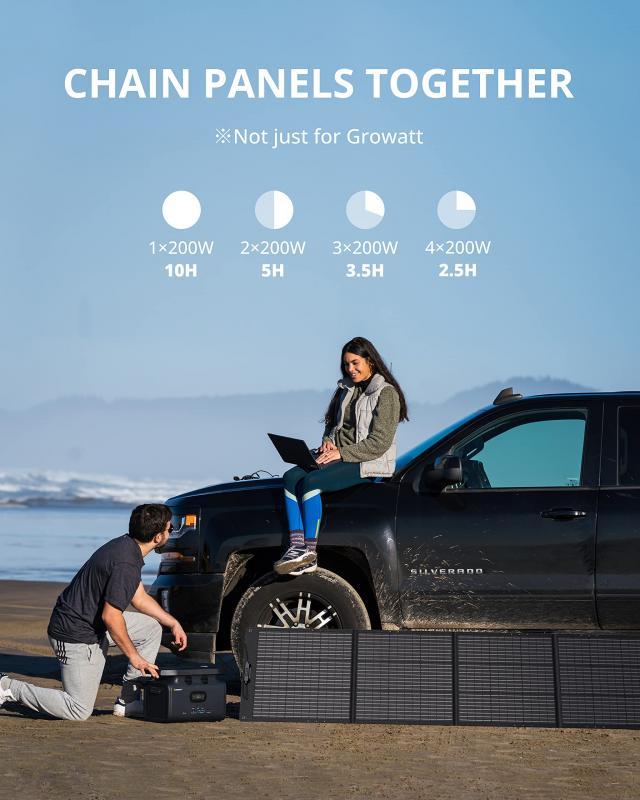
Step 1: Gather Materials and Tools
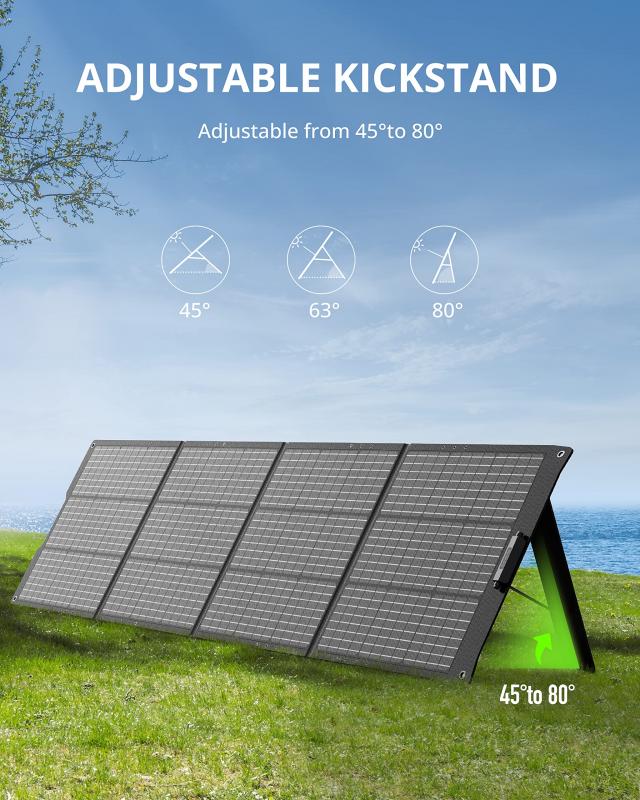
To build a solar panel, you will need the following materials and tools:
- Photovoltaic cells
- Glass sheet
- EVA encapsulation material
- Backsheet
- Aluminum frame
- Junction box
- Soldering iron and solder
- Bus wire and tabbing wire
- Flux pen
- Multimeter
- Silicone sealant
- Protective gloves and safety glasses
Step 2: Design and Layout
Start by designing the layout of your solar panel. Determine the number of PV cells you will use and how they will be arranged. The most common configuration is a series-parallel arrangement, which balances voltage and current output.
Step 3: Prepare the Photovoltaic Cells
Handle the PV cells with care, as they are fragile. Use a flux pen to apply flux to the bus bars on the cells. This will help the solder adhere better. Cut the tabbing wire into appropriate lengths and solder them to the bus bars on each cell. This process is known as tabbing.
Step 4: Connect the Cells
Once the cells are tabbed, connect them in series by soldering the tabbing wire from the positive terminal of one cell to the negative terminal of the next. Continue this process until all cells are connected. Use a multimeter to check the voltage and current output of the connected cells to ensure they are functioning correctly.
Step 5: Assemble the Panel
Lay the glass sheet on a flat surface and place the encapsulation material on top. Arrange the connected PV cells on the encapsulation material, ensuring they are evenly spaced. Place another layer of encapsulation material on top of the cells, followed by the backsheet.
Step 6: Seal and Frame the Panel
Use silicone sealant to seal the edges of the encapsulation material and backsheet to the glass sheet. This will protect the cells from moisture and environmental damage. Attach the aluminum frame around the edges of the panel to provide structural support.
Step 7: Install the Junction Box
Attach the junction box to the back of the panel. Solder the bus wires from the PV cells to the terminals in the junction box. The junction box will have positive and negative terminals for connecting to an external circuit.
Step 8: Test the Solar Panel
Before installing the solar panel, test it to ensure it is working correctly. Place the panel in direct sunlight and use a multimeter to measure the voltage and current output. Compare the readings with the expected values based on the number of cells and their specifications.
Practical Considerations
Efficiency and Performance
The efficiency of your homemade solar panel will depend on the quality of the PV cells and the precision of your assembly. Commercial solar panels typically have an efficiency of 15-20%, while DIY panels may have slightly lower efficiency. However, with careful construction and high-quality materials, you can achieve satisfactory performance.
Safety Precautions
Working with electrical components and soldering tools requires caution. Always wear protective gloves and safety glasses to prevent injuries. Ensure that your work area is well-ventilated, especially when soldering, to avoid inhaling fumes.
Cost and Savings
Building your own solar panel can be cost-effective compared to purchasing a commercial panel. However, consider the cost of materials and tools, as well as the time and effort required. While the initial investment may be higher, the long-term savings on electricity bills and the environmental benefits make it worthwhile.
Building a solar panel is a hands-on project that offers valuable insights into renewable energy and sustainable living. By following the steps outlined in this guide, you can construct a functional solar panel that generates electricity from sunlight. Whether you use it to power small devices, charge batteries, or contribute to your home’s energy needs, a homemade solar panel is a testament to the power of DIY ingenuity and the potential of clean energy.
Remember, the key to a successful solar panel project lies in careful planning, precise execution, and a commitment to safety. With these principles in mind, you can embark on your solar panel-building journey and contribute to a greener, more sustainable future.


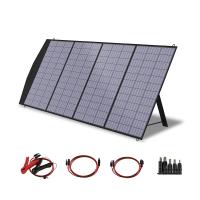
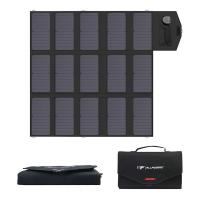
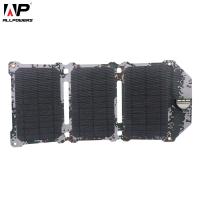
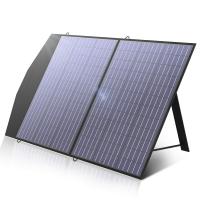
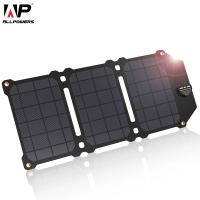
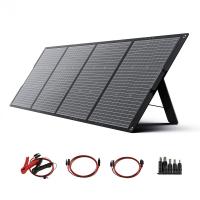
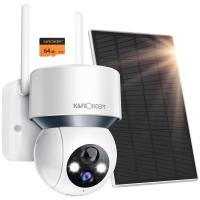
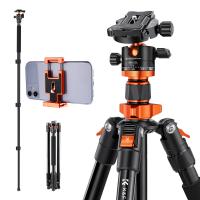

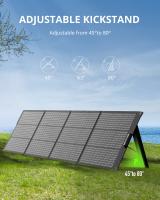
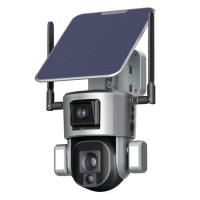
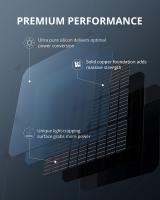



There are no comments for this blog.